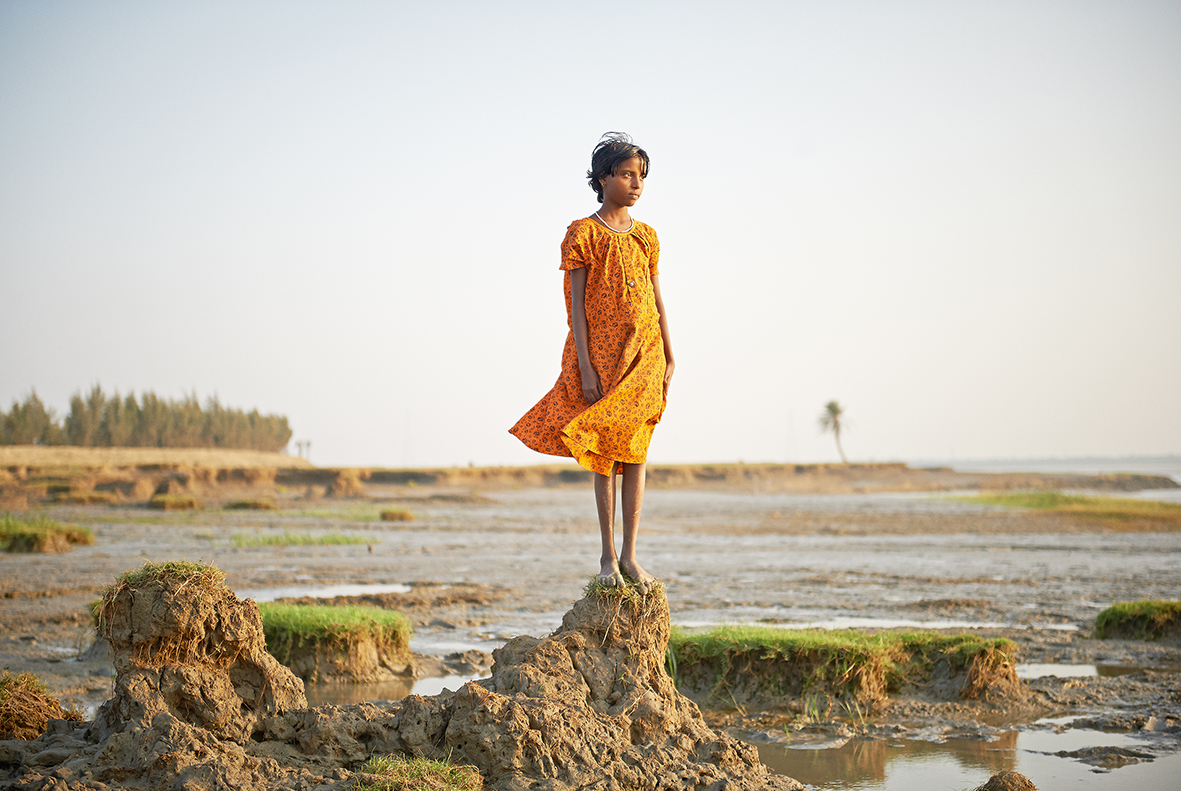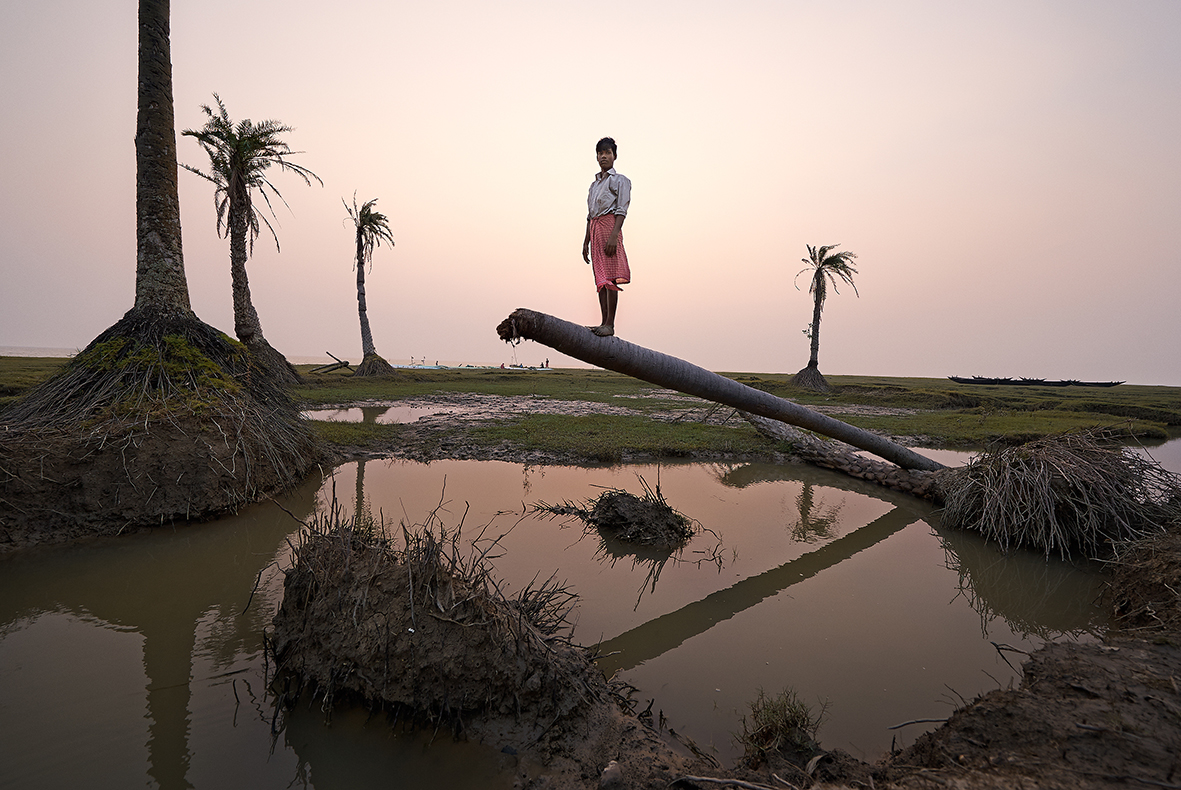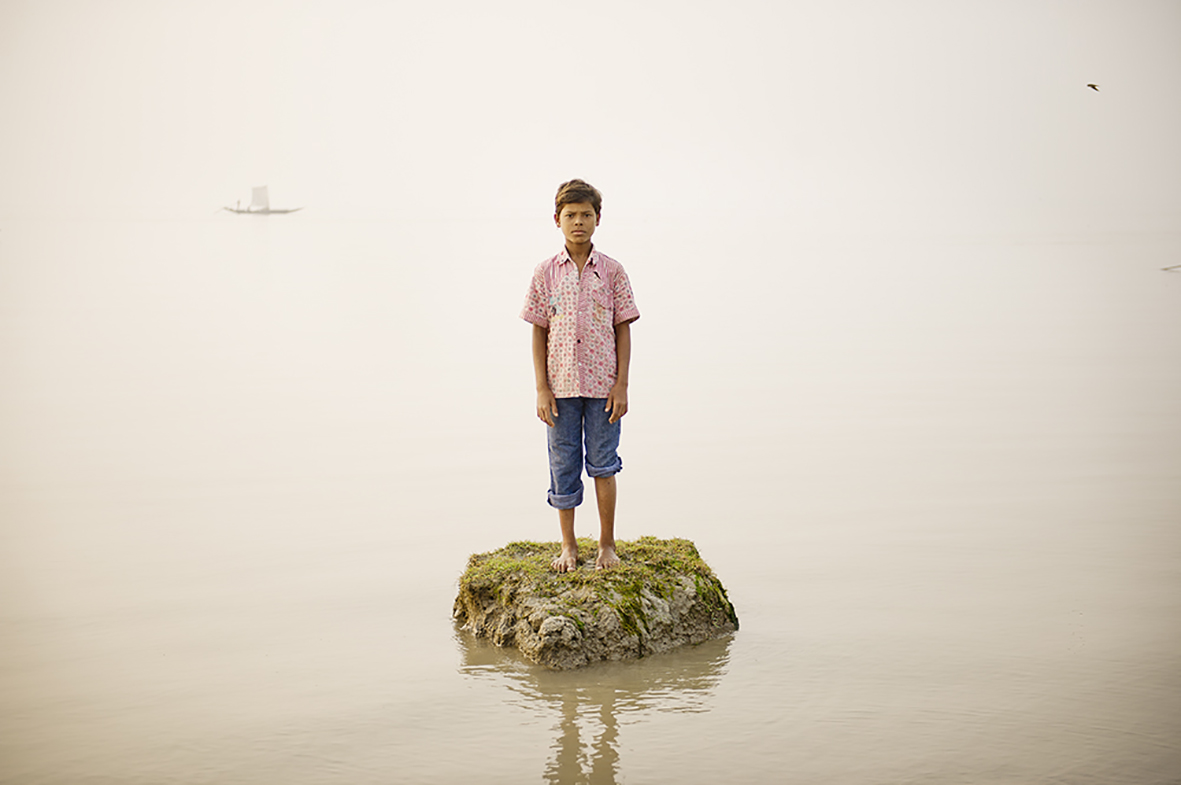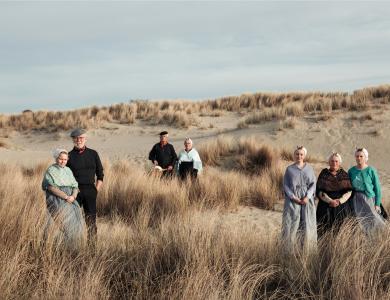
In the 2013 Professional competition, South Korean photographer Daesung Lee was awarded third place in the Contemporary Issues category for his series On the Shore of a Vanishing Island. The project documents the impact of climate change in Ghoramara Island, which is located in the delta region in West Bengal. Looking to the farmers, fishermen and their families to tell their story, Lee places a solitary figure centre frame, with an ever-receding shore as their sobering backdrop. Nine years on since the series was first published, he presents the work at Galerie Écho 119 in Paris. We caught up with the South Korean photographer to discover what he's been up to since his win in the Sony World Photography Awards.
You were a finalist in the 2013 and 2015 Sony World Photography Awards. How have your successes in the Professional competition had a positive impact on your photographic career?
It was very helpful for my photographic career, as I received a lot of exposure and attention from journals and magazines. That exposure then brought me more opportunities to have my work published in publications, exhibitions and photo festivals. Needless to say, it was worth applying.
You are represented by the Paris-based Galerie Écho 119, how did this collaboration come about?
I was invited to a photo festival called 'Photo Phnom Penh' in Cambodia (it is curated by Christian Caujolle) where Khenory, the gallery manager, spotted my work. After some conversations, she invited me to collaborate with Galerie Écho 119.

An exhibition of your work is currently on show at the Parisian gallery. On the Shore of a Vanishing Island presents photographs taken on the island of Ghoramara, India, which is disappearing as the sea level rise. What drew you to this subject matter?
Before my work related to climate change, I'd been photographing environmental issues surrounding mining sites in Asia. Through that, I was thinking about what would be the consequence and impact of huge globalisation in the end. This question gradually led me to work on stories relating to climate change. I then researched some major areas and one that interested me the most was the impact of the rising sea levels.
How long did it take for you to shoot the series?
It took me almost one month. I rented a room from a family on the island and stayed with them. I had to go back to the mainland every two days in order to recharge my camera batteries and laptop as there was no electricity on the island. The inhabitants depended on solar power for street lights and used oil lamps at home. The island itself is self-sufficient. They use groundwater for their drinking water, farms and mud houses. I found this particularly sad because they were in no way responsible for climate change and sea levels rising.

Can you tell us about some of the presentation decisions for your exhibition? How large are the prints? Are they limited in edition? Can you talk us through the layout and sequencing?
I collaborated with the gallery director for the overall sequencing. Every exhibition space is different and it's necessary to always adapt the presentation to the space. For the current show at Galerie Écho 119, the prints are 40x60cm to 80x120cm and we sequenced the collection to show a balance between the factual images to the more aesthetically led images. The gradual progression of the smaller to larger prints help to amplify the message of the series.
What's next for your photography career?
I would like to work on something alternative. Alternative life, an alternative system, or even an alternative approach to photographing the world. At first, I'd like to go back to the roots of my photography; I want to question myself about what I'm doing and where I am in my photography.
In this digital and social media driven age, I'm swimming in an ocean of images every day. And we keep dumping (or posting) images into that ocean without knowing the purpose of it. Honestly, I am very tired of this tendency and no one clearly knows why we are doing this. I believe that it's time to ask ourselves where we are heading and why.
On the Shore of a Vanishing Island is on show at Galerie Ècho 119 until 22 October 2022.
View Daesung Lee's website
View Daesung Lee's awarded 2013 series here and 2015 series here.



